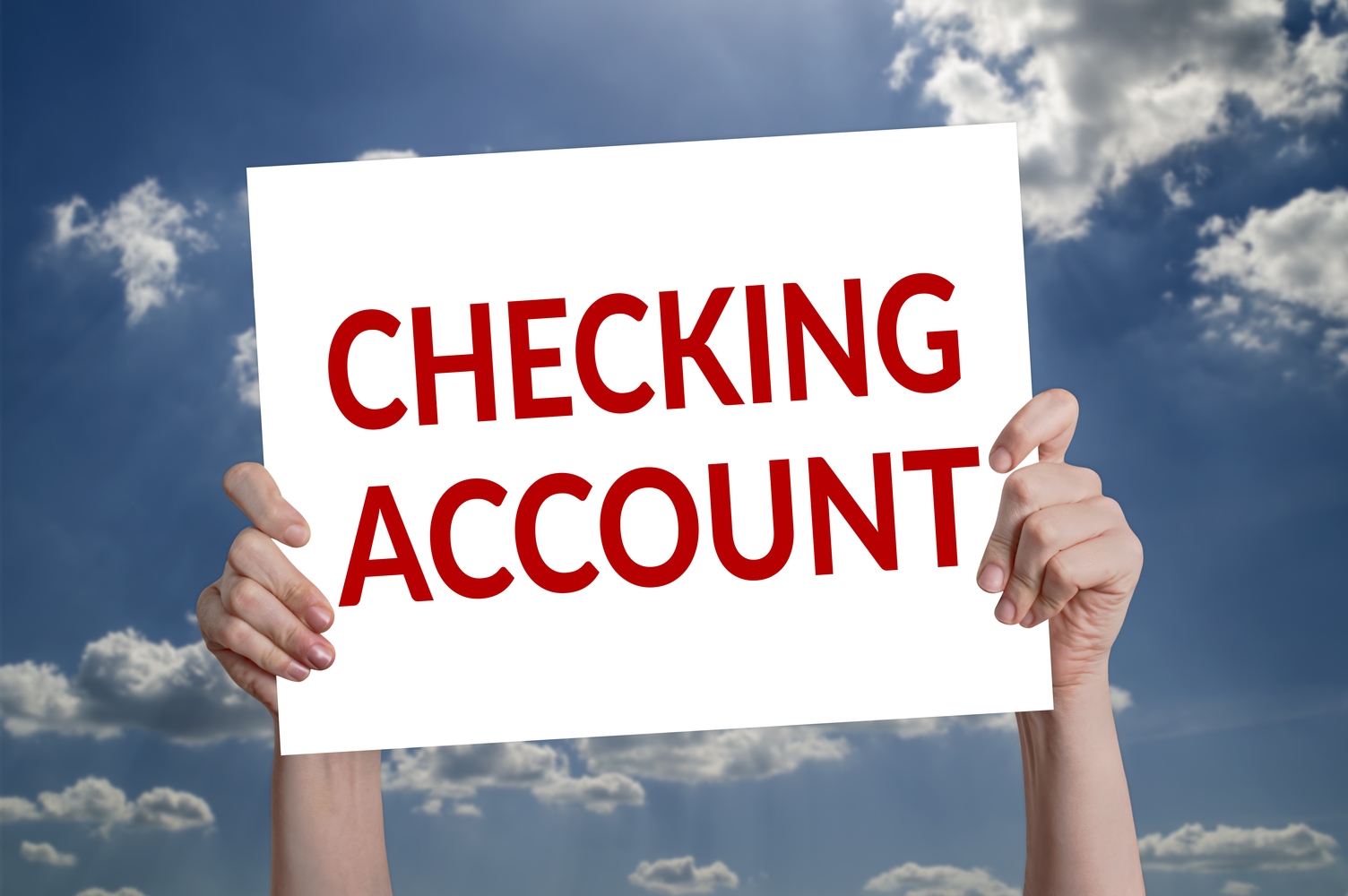Comprehensive Guide to Seamlessly Making Online Credit Card Payments
This comprehensive guide explores the step-by-step process of making online credit card payments, including setup, security measures, transaction workflows, fees, and best practices. Learn how to manage your digital payments efficiently and securely, ensuring smooth transactions and financial control in the evolving world of e-commerce. Perfect for consumers and merchants alike, this article enhances understanding of online banking and promotes safer, more effective online payment habits.

Mastering the Art of Effortless Online Credit Card Payments
In today's digital-first world, managing finances and making payments online has become an essential part of everyday life. A credit card, issued by banks or financial institutions, serves as a powerful tool that allows consumers to purchase goods and services conveniently from merchants worldwide. Unlike cash or checks, credit cards provide a secure, fast, and efficient way to handle financial transactions, especially in an online environment where physical cards aren't present.
With the rise of e-commerce, online credit card payments have become the cornerstone of digital transactions. They enable users to shop, pay bills, and transfer funds effortlessly from the comfort of their homes or on the go. This article delves into the comprehensive process of making online credit card payments, including setup, security measures, transaction workflows, associated fees, and best practices to optimize your digital banking experience.
Bank-issued credit cards are equipped with security features such as Personal Identification Numbers (PINs) and transaction receipts, which verify successful payments. When you make an online purchase, additional verification steps like security questions or two-factor authentication (2FA) are employed to confirm your identity, adding a layer of protection against fraud. This process speeds up transactions while maintaining security integrity. Setting up features like autopay allows you to automate bill payments, ensuring you never miss deadlines and enjoy uninterrupted service.
Most online banking platforms now provide comprehensive tools to monitor your transactions and balances in real-time, offering greater control and transparency over your financial activities. Whether reviewing past payments, setting up recurring transactions, or receiving alerts through email or SMS, managing your credit card online has never been more straightforward. Rewards redemption, fund transfers between accounts, and other banking activities can also be seamlessly conducted via digital channels, making online credit card management a vital aspect of personal finance today.
Accessing Electronic Credit Card Statements
Traditionally, paper statements were the norm, but now, especially in the USA, electronic statements are standard. They contain all the detailed information found in paper documents, such as transaction dates, merchant details, and payment amounts, but are delivered securely via email or through banking apps. These digital statements are easy to access, archive, and review, making financial tracking simpler and more eco-friendly.
Automated Billing and Payment Scheduling
Automated billing systems enable automatic payments for recurring bills, such as utility charges or subscriptions, ensuring bills are paid promptly each cycle. This feature helps you avoid late fees and credit score dips caused by missed payments. Setting up automatic payments involves selecting specific dates and amounts, which are then processed seamlessly by your bank or payment platform. You can customize these settings based on your financial situation and payment preferences.
The Key Participants in Online Credit Card Transactions
Understanding how online payments work involves knowing the roles of the main entities:
Cardholder: The individual or business making the purchase using a credit card.
Merchant: The business accepting online payments for goods or services.
Bank: The issuing bank that provides the credit card and processes the transaction.
The entire process relies on a secure network that connects these entities through payment gateways and processors. The bank authorizes and funds the transaction, while the gateway ensures data security and smooth communication between the cardholder and merchant.
The Workflow of an Online Credit Card Transaction
A typical online transaction follows these steps:
You initiate a purchase on an e-commerce site or app.
The transaction details are encrypted and transmitted via a payment gateway to the processor.
The processor forwards the data to your bank for approval.
The bank evaluates the request, checking available credit, security, and fraud detection systems, then either approves or declines the transaction.
If approved, the processor notifies the merchant and debits your account.
This approval occurs within seconds, enabling nearly instant purchases.
At a later stage, the bank transfers funds to the merchant’s account, completing the settlement process.
Understanding Transaction Fees in Online Payments
Every online transaction involves various costs that support the infrastructure and security measures of the financial ecosystem. These fees are paid by consumers, merchants, or both and vary depending on industry standards, transaction volume, and card type. Here’s a breakdown of common fee types:
Interchange Fees: Paid to the issuing bank; a percentage of each sale that depends on industry category, card brand, and transaction size. There are over 300 interchange fee categories, designed to reflect different risk levels and costs.
Assessment Fees: Charged by card networks like Visa, Mastercard, or American Express, these are fees applied to all transactions processed through their networks.
Markup or Surcharge: Merchant banks or acquirers may add extra charges based on transaction volume or specific deal terms.
Processing Fees: Fixed fees charged by payment processors for each transaction; these may include setup, monthly maintenance, and cancellation costs.
Although these fees are often bundled together, understanding their impact helps merchants decide on pricing strategies and consumers become aware of the costs embedded in online shopping.
In conclusion, making online credit card payments is a secure, efficient, and convenient process when navigated properly. By understanding how transactions work, utilizing security features, and managing fees effectively, consumers can enjoy an optimized experience that supports their financial health while safeguarding their sensitive information. As online commerce continues to grow, mastering the nuances of digital payments is essential for both individual users and businesses aiming to thrive in the digital economy.





